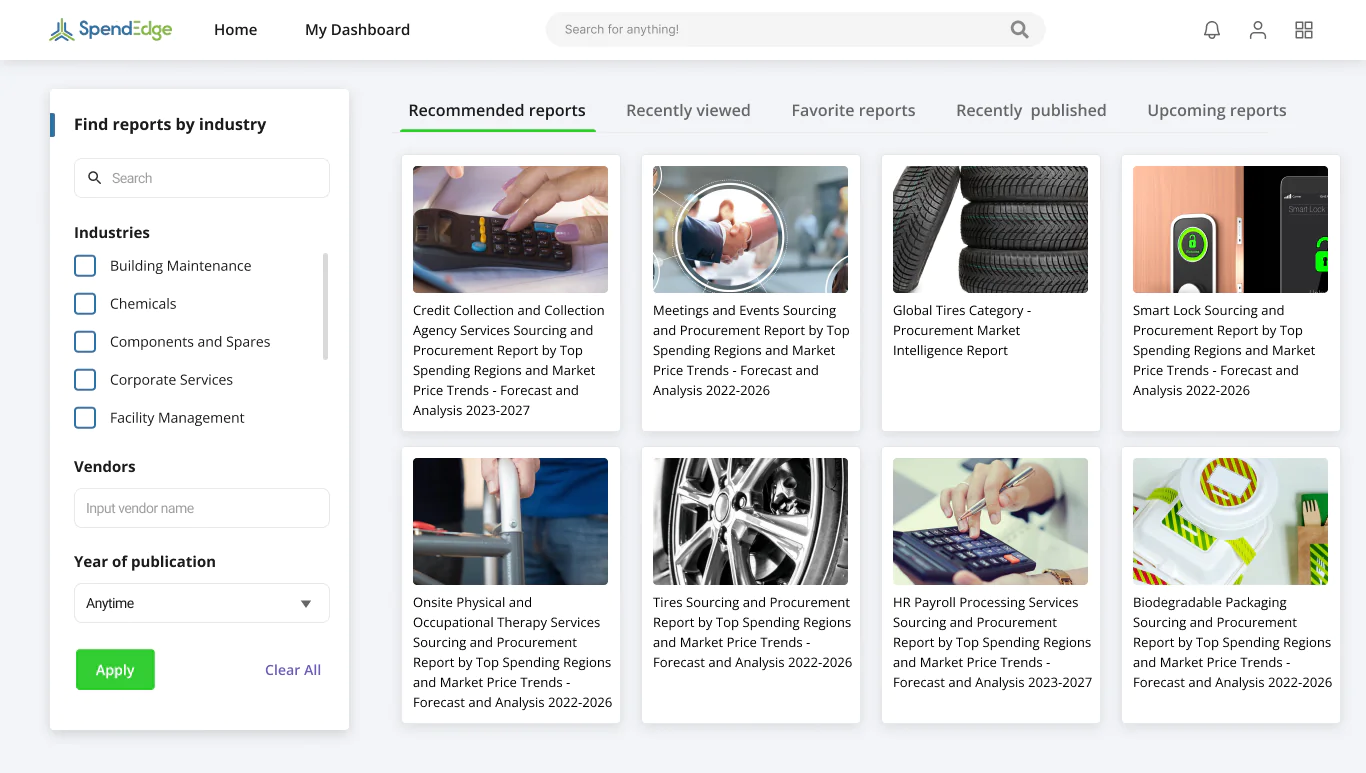
The presence of multiple players with similar product offerings drives focus on identifying the best-fit suppliers.

Rapid changes in technology, especially its disruptive nature, make it difficult for players to stay up to date and assess its long-term impact.

Finding the right balance between purchasing a high-quality product and the most cost-effective one is vital.
With green buzz gaining popularity, sustainable procurement is going to be the mantra in the IT hardware sector
We offer solutions that not only ensure cost-effective procurement of IT software but are also in compliance with licensing requirements
We can equip you with the resources you need to deal with ever-changing requirements, complex procurement processes, and budgeting
Worried about high cost, how to get a grip on disruptive technologies, and the hassles in selecting best-fit suppliers? Then, connect with us today!
Talk to Our Expert
In the highly competitive telecom industry, strategic decision-making is paramount. With rapidly evolving technologies and a customer base demanding more seamless connectivity, telecom companies are under immense pressure to balance service quality with operational costs. Cost-Benefit Analysis (CBA) has become an essential tool for organizations to evaluate the financial feasibility...
Read More to see the spendedge blogsGathering data on your supplier’s capability to deliver high-quality products is just not enough. More open communication will ensure suppliers not only deliver with quality but also ahead of schedule.

Mismatches between your needs and what your supplier delivers could weaken business performance. By collaborating intensely with suppliers, you can ensure your penchant for KPIs grows on them as well.